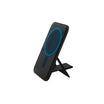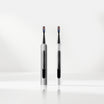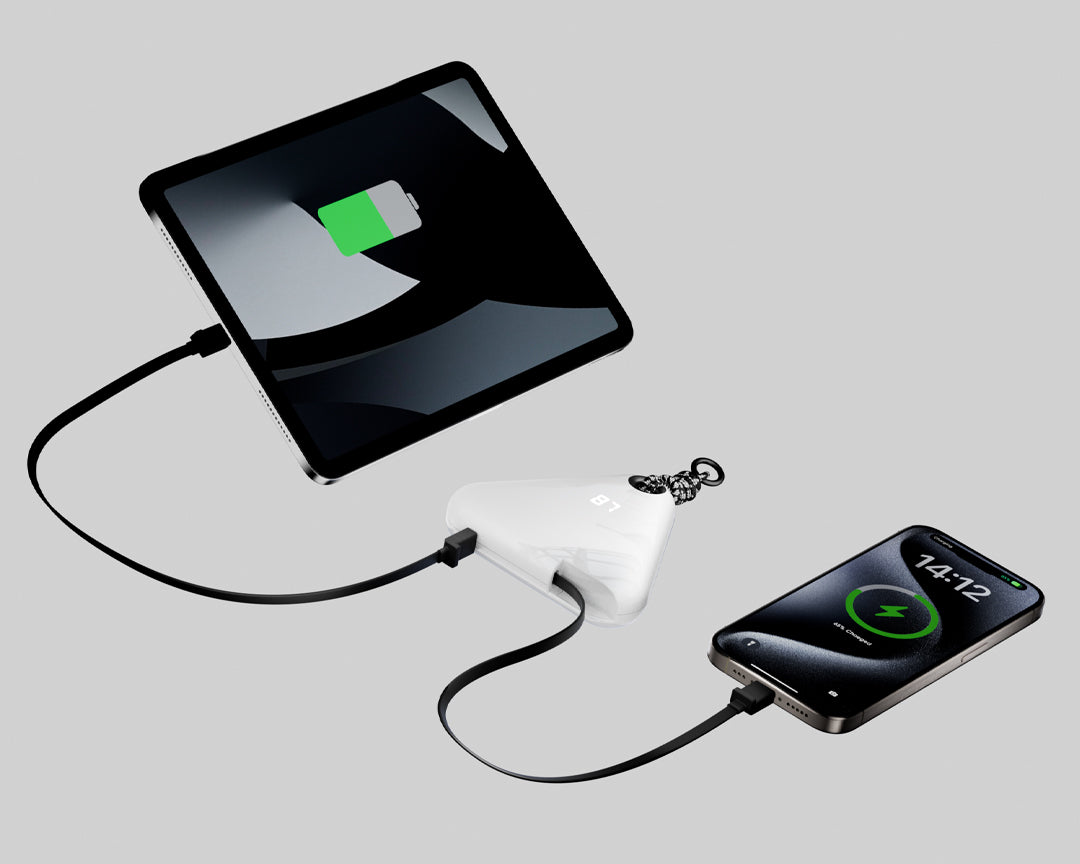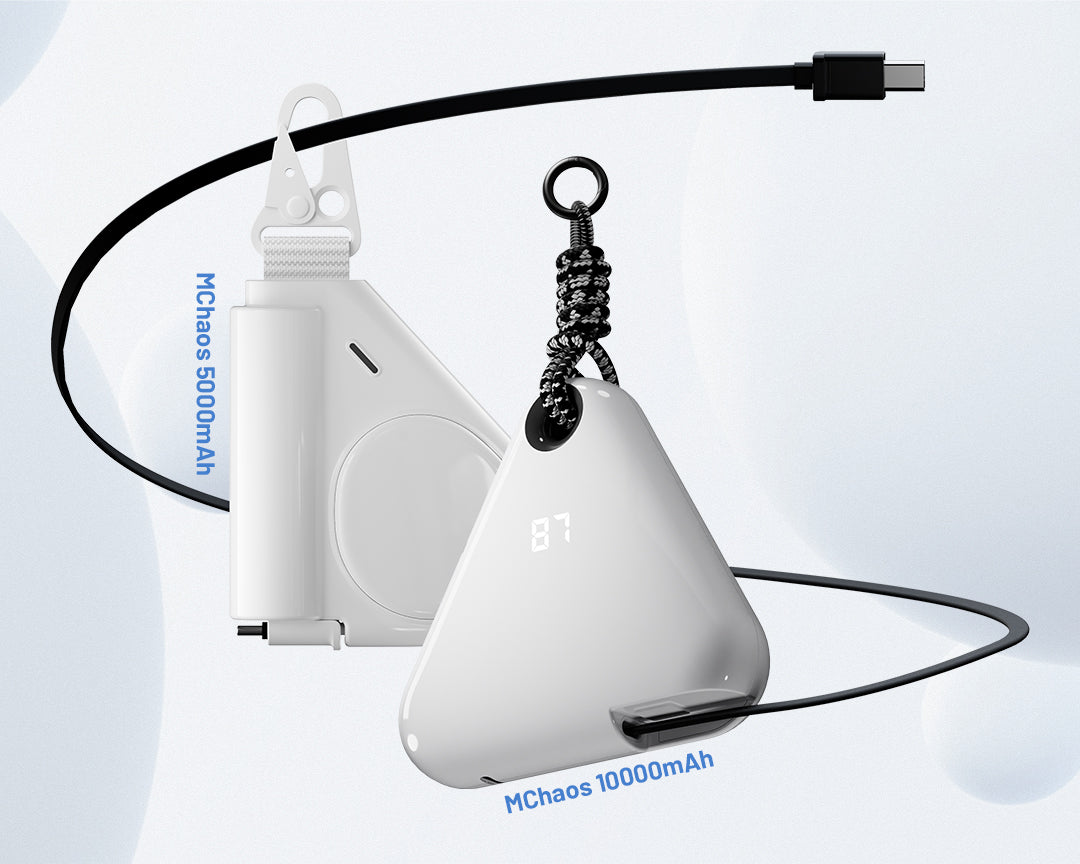What is Battery Capacity?
Battery capacity is fundamentally the measure of the charge stored in a battery, indicating the maximum amount of energy it can deliver in a single cycle. It is usually measured in milliampere-hours (mAh) or watt-hours (Wh). This metric tells you how long a battery can power a device before needing a recharge. For instance, a smartphone with a 3000 mAh battery capacity should theoretically last longer on a single charge than one with a 2000 mAh battery, assuming their energy consumption rates are similar.
What is Rated Capacity?
Rated capacity, on the other hand, is a bit more complex. It refers to the amount of energy a battery is rated to hold and discharge under specific conditions set by the manufacturer, such as temperature, discharge rate, and voltage. This value is often what’s advertised on battery labels and is also measured in mAh or Wh. However, the actual usable capacity can vary significantly due to numerous factors including the device’s energy demands, the battery's age, and environmental conditions.
What is Conversion Efficiency?
Conversion efficiency refers to the rate at which a power bank can convert its stored energy into usable charge for your device. Most power banks use lithium-ion or lithium-polymer batteries, with an average conversion efficiency rate of around 80-90%. However, factors such as the power bank’s current level, the condition of its battery, and the charging circuit's quality can affect this rate.
Understanding Actual Capacity
The power bank operates at a battery voltage of 3.7V, but in order to charge a phone, this voltage needs to be boosted to 5V. This increase in voltage is necessary for the charging process to occur. However, this process of voltage augmentation results in a decrease in the overall amount of electricity that can be output by the power bank.
Here is a simple way to calculate the actual capacity of a battery. Use this formula:
5V Capacity = 3.7V * battery advertised capacity / 5V
Take our MChaos 10000mAh wearable power bank as an example, whose battery core voltage is 3.8V.
10,000 * 3.8 / 5= 7,451mAh
However, there's more to consider! The actual usable capacity of the power bank is even smaller. This further reduction is due to an additional crucial element: energy losses during the charging process.
Energy Loss Explained
Battery Quality: Higher quality batteries manage power more efficiently and experience less degradation over time.
Electronic Circuitry: Poor quality circuits lose more energy as heat during voltage conversion.
Age of Battery: Older batteries, or those that have undergone numerous charging cycles, tend to lose efficiency.
Storage Conditions: Environment temperature affects battery efficiency; cooler conditions typically help in retaining charge better.
These various elements contributing to power loss collectively determine the power bank's efficiency rating, typically ranging from 80% to 90%. This efficiency rating, which differs from one power bank model to another, reflects the device's overall capability to minimize energy wastage and maximize charging potential.
How to calculate the Actual Capacity?
Given the factors above, here is the formula to calculate the actual capacity:
Actual capacity = 3.7V x Advertised capacity x efficiency rate / 5V
Conclusion










![[2025 New] M Quick-Fold Portable Lap Desk, Car Table, Food Tray, Laptop Desk and Standing Desk](http://fansdreams.com/cdn/shop/files/6391ace427ade714b70fb966024ae804.jpg?v=1762170805&width=104)








Leave a comment
All comments are moderated before being published.
This site is protected by hCaptcha and the hCaptcha Privacy Policy and Terms of Service apply.